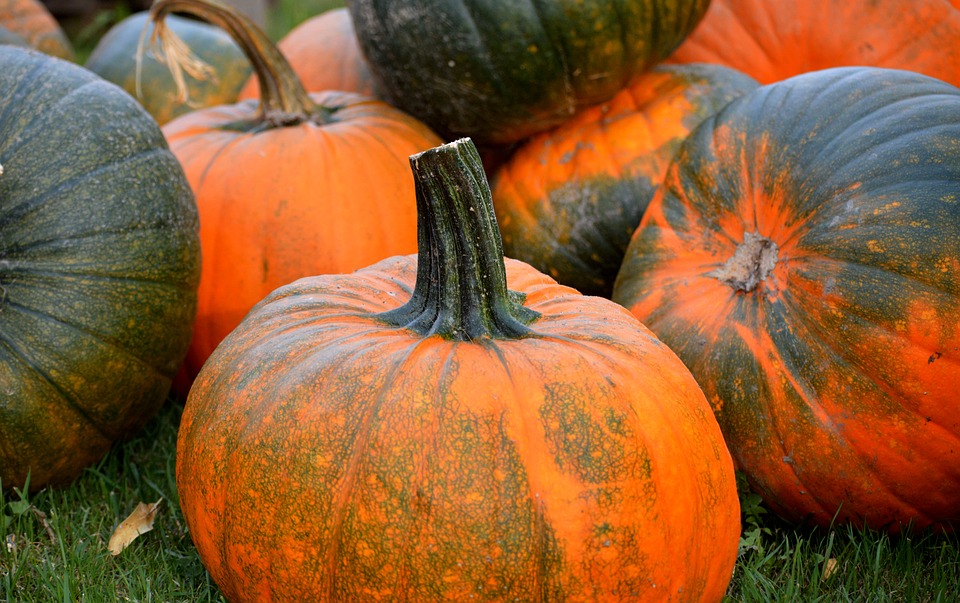# Harvesting Hope: The Environmental Benefits of Sustainable Farming
In the dappled sunlight of a crisp morning, I remember my first bite of a ripe tomato plucked straight from the vine. The sweetness lingered on my palate, a sensory explosion that made store-bought produce seem bland and lifeless. That moment wasn’t just a culinary treat; it was a testament to the inextricable link between the land and our plates. Sustainable farming isn’t just a method; it’s a symphony of environmental stewardship that orchestrates a healthier planet and nourishes communities. Join me as we explore the vibrant world of sustainable farming and the myriad benefits it offers our environment.
## The Heart of Sustainable Farming
At its core, sustainable farming is all about nurturing the earth while providing for our needs. This approach embraces practices that minimize harm to the environment, conserve resources, and bolster the resilience of ecosystems. Picture vibrant fields where crops flourish without synthetic pesticides or fertilizers, and where biodiversity thrives alongside agriculture. Sustainable farming is about balance, promoting practices that put the earth first and fulfill our appetite for fresh, healthy food.
### Biodiversity: Nature’s Insurance Policy
One of the standout benefits of sustainable farming is its emphasis on biodiversity. By growing a variety of crops and implementing crop rotation, farmers can maintain a rich tapestry of plant life. Diverse ecosystems are essential for resilience; they release essential nutrients into the soil, stave off pests, and reduce the risk of disease.
**Pro Tip:** Consider planting companion plants in your garden—like basil with tomatoes or marigolds with virtually any vegetable—to naturally deter pests and enhance plant growth. This can lead to a healthier, more sustainable ecosystem right in your backyard!
### Soil Health: The Foundation of Life
Healthy soil is the backbone of sustainable farming. Conventional farming often depletes soil quality through intensive monoculture and chemical inputs. In contrast, sustainable practices such as cover cropping, composting, and reduced tillage help maintain soil health by enhancing its organic matter, structure, and microbial life.
Not only does this lead to better crop yields, but it also aids in carbon sequestration, a critical process for combating climate change. Healthy soils can sequester carbon more effectively, helping to mitigate greenhouse gas emissions.
### Water Conservation: Every Drop Counts
Water scarcity is an overwhelming issue in many regions. Sustainable farming practices, however, are designed to optimize water use and reduce waste. Techniques such as drip irrigation and rainwater harvesting ensure that every drop is utilized efficiently. Cover crops and mulching also reduce evaporation rates and increase water retention in the soil, promoting a sustainable water cycle.
**Pro Tip:** Implement a rain garden to capture runoff and create a mini-ecosystem that conserves water and increases biodiversity. This not only beautifies your space but also supports local wildlife.
### Reduced Dependence on Fossil Fuels
Industrial agriculture is heavily reliant on fossil fuels, from the production of synthetic fertilizers to the transportation of food across long distances. Sustainable farming minimizes this carbon footprint by promoting local food systems. By growing food close to where it’s consumed, emissions related to transportation are drastically reduced.
Community-supported agriculture (CSA) is an excellent example of this. Not only do CSAs provide fresh, local produce to members, but they also strengthen local economies, foster relationships between farmers and consumers, and reduce environmental impacts.
### Pesticides and Herbicides: Finding a Balance
Synthetic pesticides and herbicides pose significant threats to our health and the environment. Their widespread use can lead to contaminating water supplies, harming non-target species, and diminishing biodiversity. Sustainable farming minimizes or eliminates these toxic substances through integrated pest management (IPM) practices.
This holistic approach focuses on natural pest controls, such as beneficial insects, crop diversity, and habitat enhancement, to manage pests more effectively and sustainably.
### Community and Connection: Building Resilience
Sustainable farming cultivates community ties. Local farmers’ markets, co-ops, and gardening clubs provide a hub for sharing knowledge and resources. These connections foster a sense of community and local identity, encouraging people to take an active part in the health of their local ecosystems.
By participating in community gardening or urban farming initiatives, individuals can contribute to the larger movement of environmental stewardship and social justice, ensuring that local food systems thrive.
## Getting Started with Your Own Sustainable Farming Journey
Whether you have a small backyard or access to a larger plot of land, sustainable farming practices can be integrated into any space. Here are a few ways to kickstart your own personal journey toward sustainable agriculture:
1. **Start Small:** Begin with a few containers of herbs or a small vegetable garden. This low-risk approach allows you to learn hands-on without feeling overwhelmed.
2. **Educate Yourself:** Familiarize yourself with local plants, soil types, and climate conditions. Resources such as gardening workshops, local agricultural extensions, and online courses can provide invaluable knowledge.
3. **Compost:** Create your own compost bin to recycle kitchen scraps and yard waste. Compost enriches soil health and minimizes landfill waste.
4. **Connect with Neighbors:** Consider establishing a community garden. This not only fosters camaraderie but also encourages shared learning and collective problem solving.
5. **Choose Native Plants:** Native species are adapted to local conditions and can thrive with less maintenance and water. They also support local wildlife, reinforcing the ecosystem.
6. **Practice Seasonal Eating:** Embrace the concept of eating with the seasons. This not only supports local farmers but also reduces the environmental impact of food transportation.
## The Future Is Bright
The environmental benefits of sustainable farming are vast and vital. From enhancing biodiversity and improving soil health to fostering community connections and reducing water consumption, each practice contributes to the overall well-being of our planet.
Sustainable farming is a call to action, reminding us of our role in nurturing the earth. By adopting these practices, we can all become stewards of the land and nourish ourselves and future generations with wholesome, environmentally-friendly food.
In this journey, every small effort counts. Just like that first bite of sun-warmed tomato, sustainable farming fills us with hope and a renewed connection to the environment. It invites us to imagine a world where we harvest not just crops but also the promise of a healthy, vibrant future for the planet we call home.
### In Conclusion
Sustainable farming is more than a trend; it’s a movement that we can all be a part of. By choosing to grow our own food, support local farms, and embrace eco-friendly practices, we are sowing seeds of hope for a better tomorrow. Together, let’s cultivate a sustainable future!



